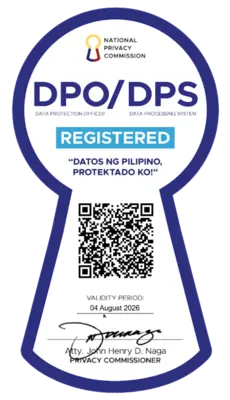ADVERTISEMENT
Filtered By: Scitech
SciTech
Computers made of diamonds? Here's how they'll do it
By SHAIRA PANELA
Scientists in Germany and the United States have found a way to make transistors out of diamonds, paving the way for rugged electronics such as computers that last practically forever.
In an article published in Nature, physicists managed to introduce slight imperfections into diamonds—a process called "doping"—that turns them into semiconductors. A similar process is used to turn silicon into transistors and computer chips.
The Nature article said that “diamond remains a viable option for quantum computing, with its greatest selling point being its ability to hold quantum information for long periods of time, at room temperature and without a vacuum.”
Diamonds over silicon
Geoff Scarsbrook, operations manager of the research and development division of synthetic diamond manufacturer Element Six, explained the benefits of using diamonds in lieu of silicon:
"Because of their tight (molecular structure), diamonds give you a whole range of unique extreme properties: they don't absorb light, they're chemically inert, and they have high thermoconductivity," he said.
In other words: diamonds are, by nature, extremely tough. De Beer's really wasn't far off when it coined the catchphrase, "A diamond is forever".
But engagement rings aside, diamonds are boring: they're nothing but carbon atoms stacked in the exact same way over and over again in a monotonously uniform "lattice."
This is why "doping" makes things interesting, because it intentionally adds defects to an otherwise flawless material.
And, believe it or not, this is a good thing.
A 'good' defect
A 'good' defect
“A 'defect' implies something bad, but actually, scientifically it just means something is 'not of the regular lattice,'” explained Scarsbrook.
“You can make good use of these defects: by manipulating the spin, you can measure magnetic fields sensitively, you can measure with very high special accuracy,” he said.
“What we have to do is to use a diamond that has very high purity except for a select number of defects that you want to use.... particularly, you do not want other defects that have spin. Other defects tend to have their own spin and that spin can interact with the spin you are interested in and upset it,” Scarsbrook added.
Similar research is being conducted by physicist Jörg Wrachtrup and his team at the University of Stuttgart in Germany. The laboratory of Harvard University's Prof. Mikhail Lukin has confirmed that doped diamonds have potential uses in microscopy, sensing, and quantum computing. — TJD, GMA News
Similar research is being conducted by physicist Jörg Wrachtrup and his team at the University of Stuttgart in Germany. The laboratory of Harvard University's Prof. Mikhail Lukin has confirmed that doped diamonds have potential uses in microscopy, sensing, and quantum computing. — TJD, GMA News
More Videos
Most Popular




